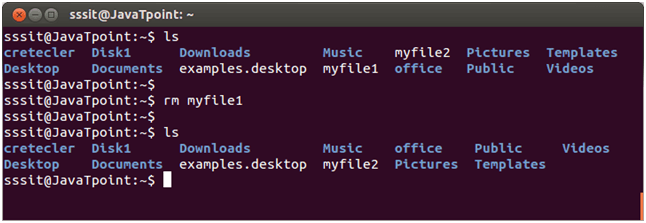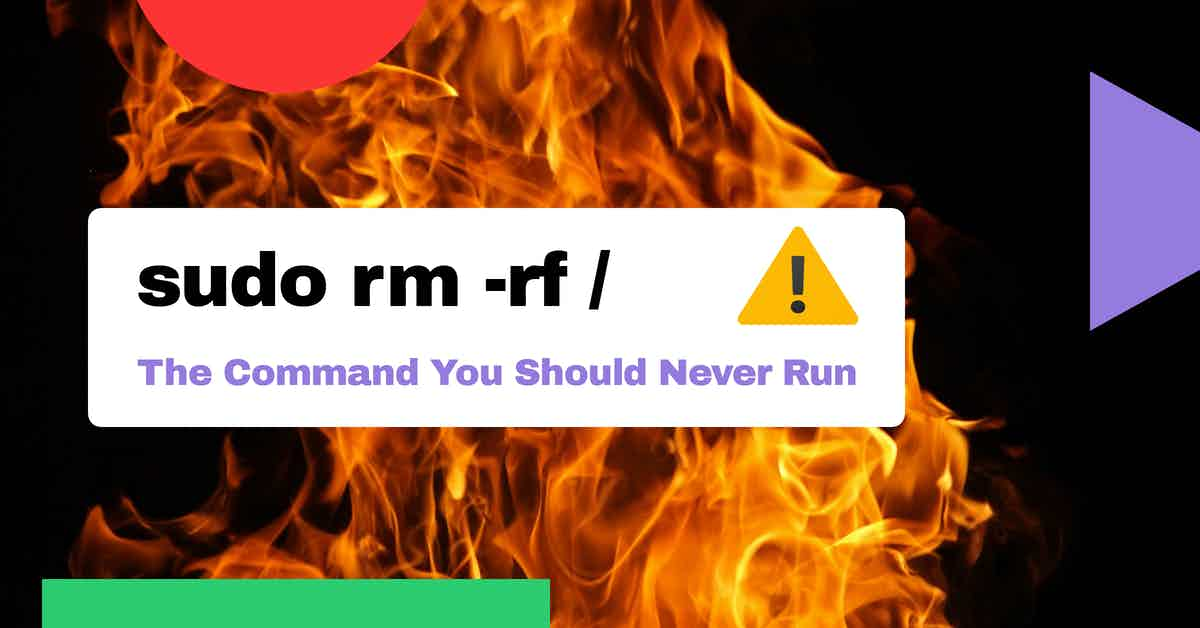

This specific script doesn’t attempt to empty the trash bin, so users must do this themselves using the real rm or you or your users can create cron jobs to do the task. Sorry to hear about the loss, but it's happened to all of us at some stage or another. When users need to recover deleted files, they can simply move them out of /.trash. If you're quick enough, you can load up a sector editor (I believe I used diskedit) and type in any character to bring the file back.Īs I said, I have absolutely no idea how Linux manages files for any given system but I do know that some methods are not this simple (very large files on some filesystems can be deleted in stages by destructively shrinking them to as small as possible before they are erased completely, for example). If you want more assurance that the contents are truly unrecoverable, consider using shred. Code: Note that if you use rm to remove a file, it is usually possible to recover the contents of that file. Step 2: Click on the box that is present next to Show Time machine in the menu bar. Step 1: Go to the Apple menu and select System Preferences followed by Time Machine.
How to recover files in linux after rm windows#
When Windows deletes files, it simply removes the first character from the name and they sort of "fade" into the background. using putty client to connect to a redhat server using the bash shell. Recovering deleted files is from Time machine backup is just a simple process in which you have to follow some steps. I've manually recovered deleted files under Windows by sector editing the hard drive itself. Now run the testdisk command like so: sudo testdisk. Change into that newly-created directory with the command: cd /recovery. I've never done this under Linux and I don't know the details of Linux filesystems, so this information isn't going to be of much use to you, I'm afraid. First create a recovery directory with the command: mkdir /recovery. Now, to pull back the data is a little harder. If this file was on a partition that you can mount as read-only, you can stop the system from using it by passing "-o remount,ro" arguments to the mount command. Normally, a Linux filesystem is highly dynamic and shifts data around all the time so the unallocated space where your file was won't be unallocated for long.

There are, however, exceptions to every rule.

Typically on a Linux filesystem, once a file is gone, it's gone forever.


 0 kommentar(er)
0 kommentar(er)
